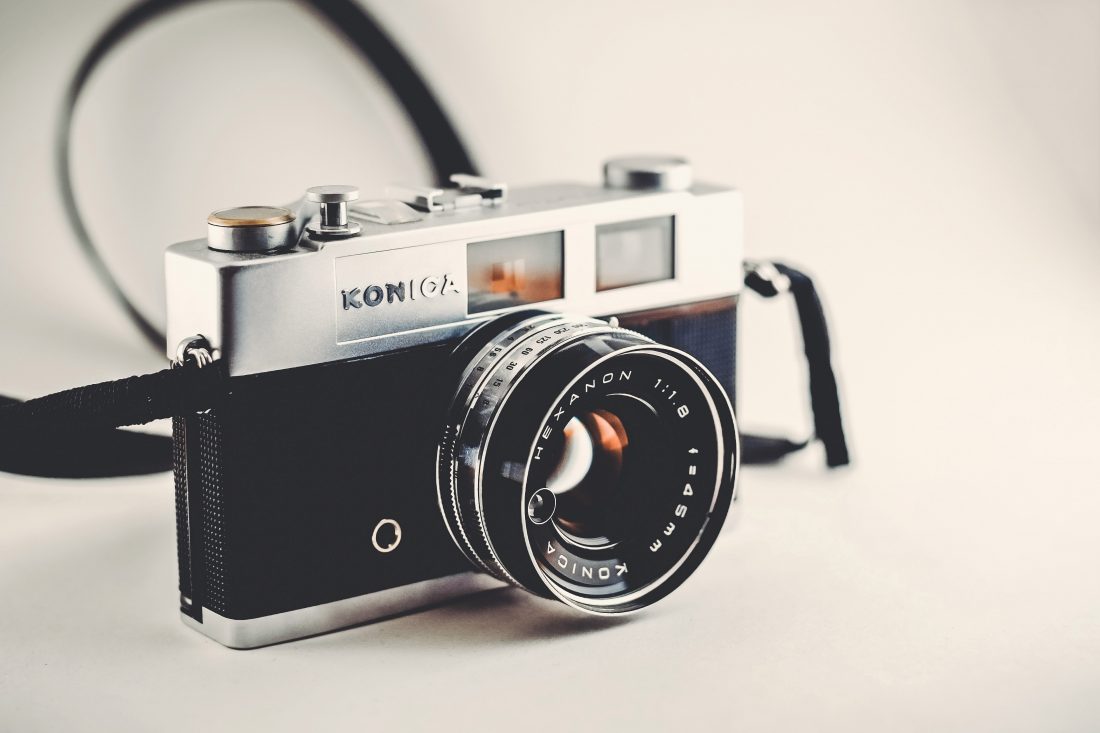
Olympus D-340L Digital Camera: A Revolutionary Breakthrough in Photography
Welcome, photography enthusiasts! Have you ever wondered how the world of digital photography changed the game? Today, we bring to you an incredible piece of equipment from the early days of digital imaging, the Olympus D-340L digital camera. Join us as we delve into the features, specifications, and the impact this camera had on the photography industry at its release.
What is the Olympus D-340L Digital Camera?
The Olympus D-340L, released in 1998, was one of the first digital cameras to gain widespread popularity among amateur photographers. It seamlessly combined innovative technology with user-friendly features, making it a game-changer in the realm of digital imaging.
Featuring a 1.3-megapixel CCD image sensor, the D-340L offered significantly higher image quality than its predecessors. Its sleek and compact design made it incredibly portable, allowing photographers to capture moments on the go.
Equipped with a 3x optical zoom lens, this camera provided versatility in framing shots and capturing subjects at various distances. The D-340L also had a built-in flash, allowing users to take well-lit photos in different lighting conditions.
One of the standout features of the D-340L was its ability to store images directly on removable SmartMedia cards. With a capacity of up to 8MB, photographers could capture, store, and transfer their images easily, without the need for film rolls or physical prints.
Key Features and Specifications
- 1.3-megapixel CCD image sensor
- 3x optical zoom lens
- Built-in flash
- Storage on SmartMedia cards (up to 8MB)
- 1.8-inch color LCD monitor for image preview
- USB connectivity for image transfer
- Powered by four AA batteries
Impact on Photography
Back in 1998, digital cameras were still in their infancy, and film photography reigned supreme. The Olympus D-340L challenged this status quo by providing a viable alternative that offered convenience, instant image review, and the ability to store and transfer images digitally.
Photographers soon realized the potential of digital cameras in terms of cost savings on film and development. Additionally, the ability to view images immediately on the LCD monitor allowed for instant feedback, enabling photographers to adjust settings and retake shots if needed.
The Olympus D-340L paved the way for a new era of photography, inspiring other manufacturers to develop and improve digital imaging technology. Its impact is still felt today, as digital cameras continue to evolve and redefine how we capture and share moments.
In conclusion, the Olympus D-340L digital camera was a breakthrough in photography when it was released. Its user-friendly interface, advanced features, and digital storage capabilities revolutionized the industry and laid the foundation for the digital cameras we use today. It will forever be remembered as a game-changer in the world of digital imaging.
